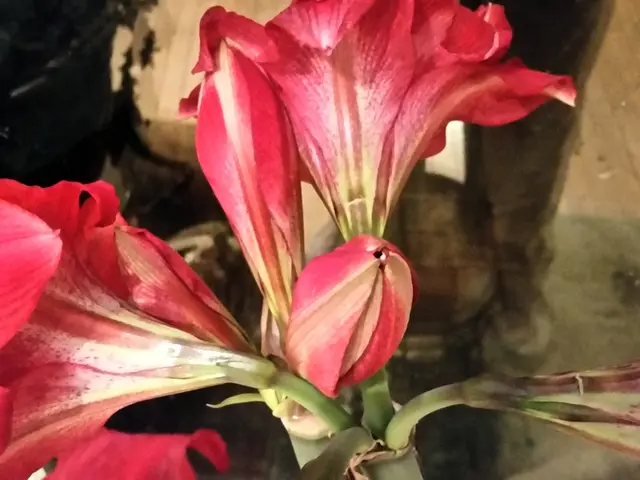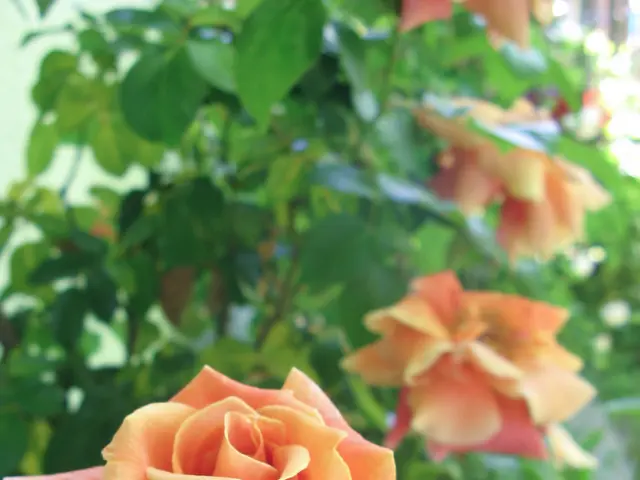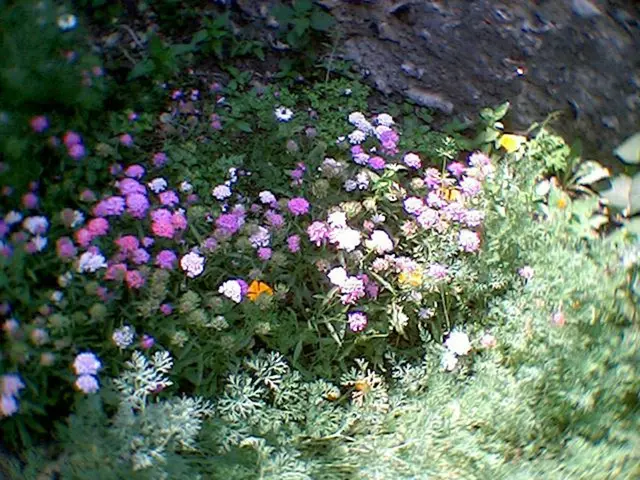Addressing water pressure challenges in irrigation networks: potential solutions explored.
Fix That Irrigation Water Pressure Problem: Your Comprehensive Guide Blog
June 18, 2025
A well-functioning irrigation system ensures lush, green gardens and saves resources. But too high or low water pressure can wreak havoc. Learn all about water pressure, common issues, and how to solve them in this handy guide.
What's the Deal with Water Pressure Anyway?
Water pressure, measured in bar, signifies the force that powers water through pipelines and enables smooth discharge at end devices. There are two types:
- Static pressure: pressure in a closed system, i.e., no consumption.
- Dynamic pressure: the force exerted during operation.
Inappropriate pressure can negatively impact system performance, leaving your garden thirsty or your hose bursting. That's why careful planning, measurement, and regulation are essential.
Catch the Signs of Trouble Early!
It's vital to catch pressure problems quickly to prevent costly repairs. Watch out for these warning signs:
- Wimpy Water Droplets: Drippers barely emit water.
- Wilting Sprinklers: Sprinklers don't extend fully or stay down.
- Feeble Stream: Water gun produces a weak, irregular or off-center stream.
- Leaks and Burst Pipes: Pipes rupture or start leaking.
- Weird Noises: Strange sounds like hammering, whistling, or metallic tones may indicate trouble.
Noticing unusual occurrences early on helps you target and fix issues.
What's Draining Your System's Energy?
If water pressure is low, typical culprits include:
- Narrow or Long Pipes: Slows water flow.
- Leaks: Water escapes via faulty connections.
- Clogs: Debris and mineral deposits restrict flow.
- Valves or Faucets: Partially closed valves hinder water flow.
- Underperforming Supply: A weak supply or undersized pump could be the issue.
- Overloaded System: Multiple zones operating simultaneously can result in low pressure.
Making Water Pressure Great Again
When pressure drops, look for leaks, kinks, or clogs. You may need a pressure booster pump for a weak supply or larger pipes to support water flow. And don't forget about self-compensating drippers for low-pressure situations.
For high pressure issues, pumps might be too powerful without suitable regulation. Public supply networks could feed in with too much pressure, stressing pipes and components. In sloped areas, pressure naturally increases in lower regions, potentially causing damage.
Time to Bring in the Reinforcements
- Install pressure regulators at system entry points or individual sectors.
- Prefer prefab models like the HB Pressure Reducer for drip irrigation or smaller terrace systems.
- Use solenoid valves with integrated pressure reducers to minimize abrupt pressure variations.
- Add air vents to prevent water hammers (pressure surges).
- With low pressure, consider devices like the Zero Pressure unit right at the tap if components aren't designed for the pressure range.
Remember, controlling pressure equals water savings, equipment protection, and consistent results. If you're unsure where to start, our irrigation experts are at your service!
References:
[1] Think Outdoor – How to Troubleshoot Irrigation Water Pressure Problems
[2] HydroMax – How to Adjust Irrigation Pressure
[3] Netafim – Water Pressure Management Problems in Drip Irrigation Systems
[4] Rain Bird – Signs of High and Low Water Pressure Issues in Irrigation Systems
[5] Hunter Industries – Common Sprinkler Head Water Pressure Problems and Solutions
- To maintain a lush 'home-and-garden' other lifestyle, it's essential to address water pressure issues in your irrigation system, such as those affecting drippers or sprinklers, that might indicate a problem.
- While planning your garden's home-and-garden setup, be mindful of issues like narrow or long pipes, clogs, or difficult-to-reach zones, as any of these could impact water pressure and potentially affect the overall garden lifestyle.








